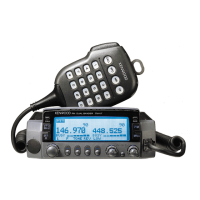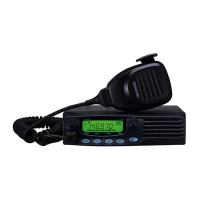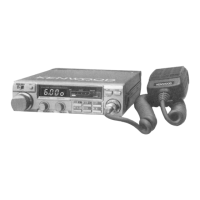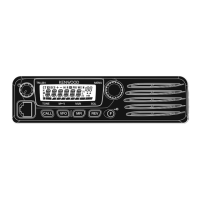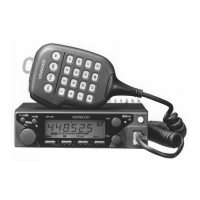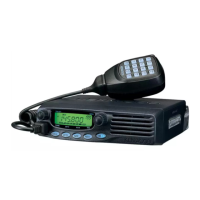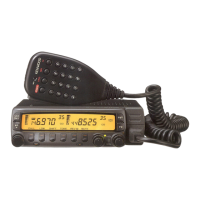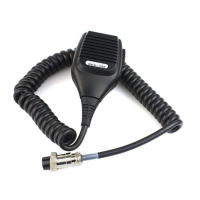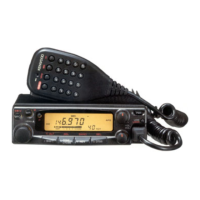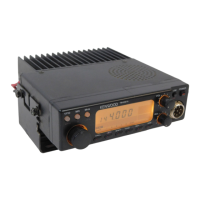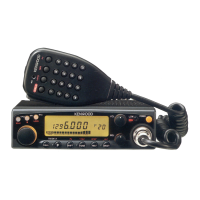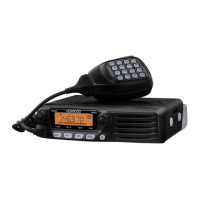Why won't my Kenwood Transceiver power on?
- MmarkhallAug 13, 2025
Your Kenwood Transceiver might not be powering on due to several reasons: * The power cable might be connected backwards. Ensure the red cable is connected to (+) and the black cable to (–). * A fuse in the power cable may be open. Identify the cause of the blown fuse and replace it with a new fuse of the same rating. * The front panel might not be securely connected to the main unit. Detach and reattach the front panel, ensuring it locks securely. * The connectorized cable may not be correctly connected. Ensure that the connectorized cable is correctly connected.
